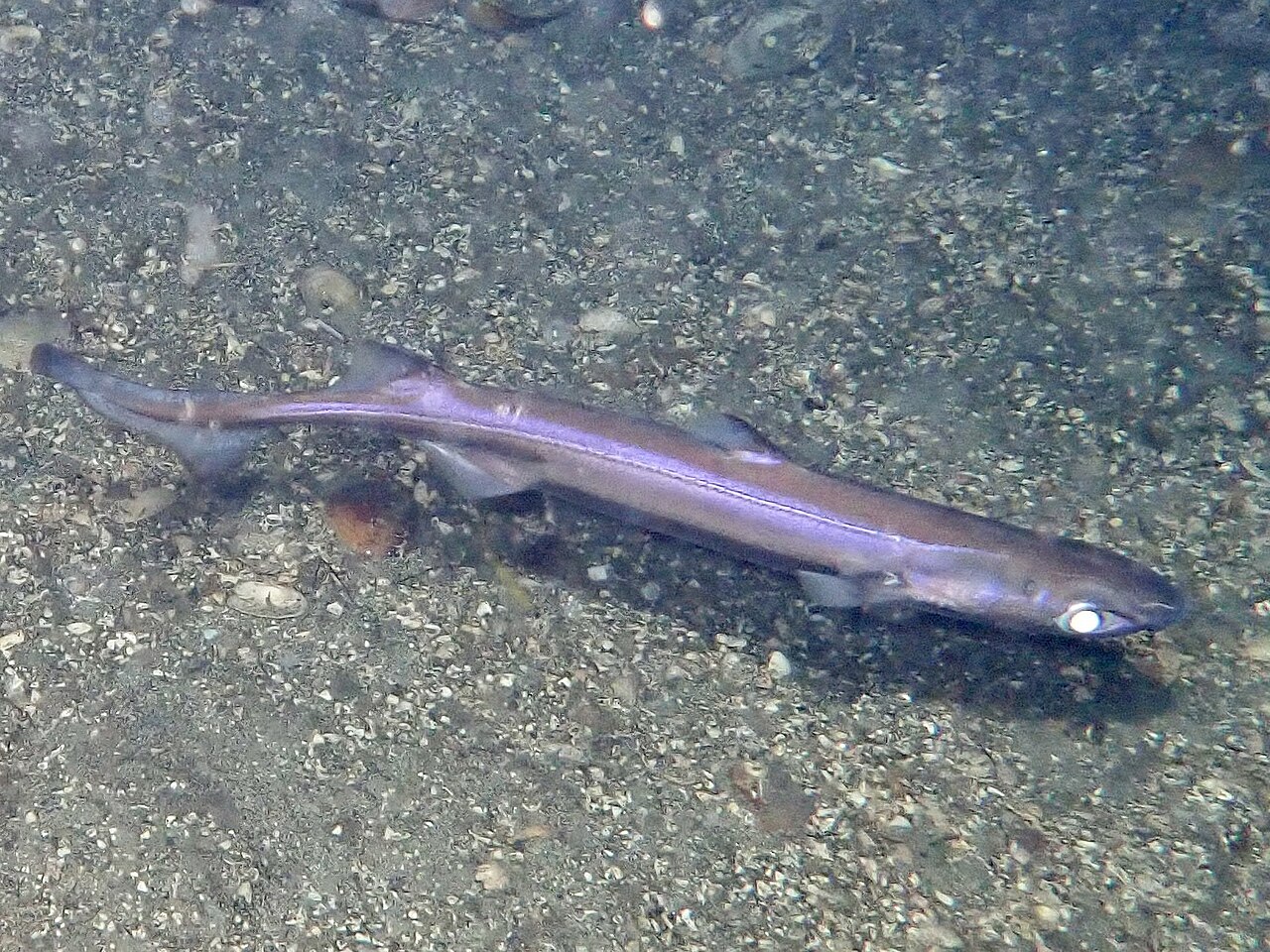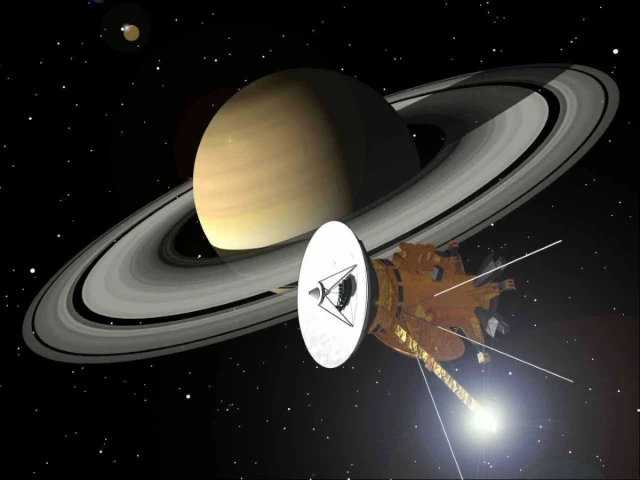Fe₃O₄ and PGRs elevate plant growth
Several treatments including 2,4-D (0.5 to 2 mg/L), kinetin (0.5 to 1 mg/L), and the Fe₃O₄ nanoparticles (1 to 4 mg/L) produced reductions in plant height when compared to the control treatment. The…

Several treatments including 2,4-D (0.5 to 2 mg/L), kinetin (0.5 to 1 mg/L), and the Fe₃O₄ nanoparticles (1 to 4 mg/L) produced reductions in plant height when compared to the control treatment. The…

Sky-watcher Jason Way captured this amazing shot of a supermoon above Dartmoor’s Haytor Rocks on Tuesday night, among many other images of the phenonomen taken in Cornwall.
A supermoon appears brighter and larger than other full moons in the…


New research shows that the Red…

Meanwhile, it was Dr Andrew Hosie, curator of Aquatic Zoology from the Western Australian Museum, who was involved in describing the new crab species.
“The new species of porcelain crab lives a symbiotic life with…

This month’s full moon falls on different days, depending on where you are in the world. In E.T., the full moon will reach its peak late in the day, 11:47 p.m. on Oct. 6. However, in BST, the peak…
This request seems a bit unusual, so we need to confirm that you’re human. Please press and hold the button until it turns completely green. Thank you for your cooperation!

A Pakistan-born German scientist has…